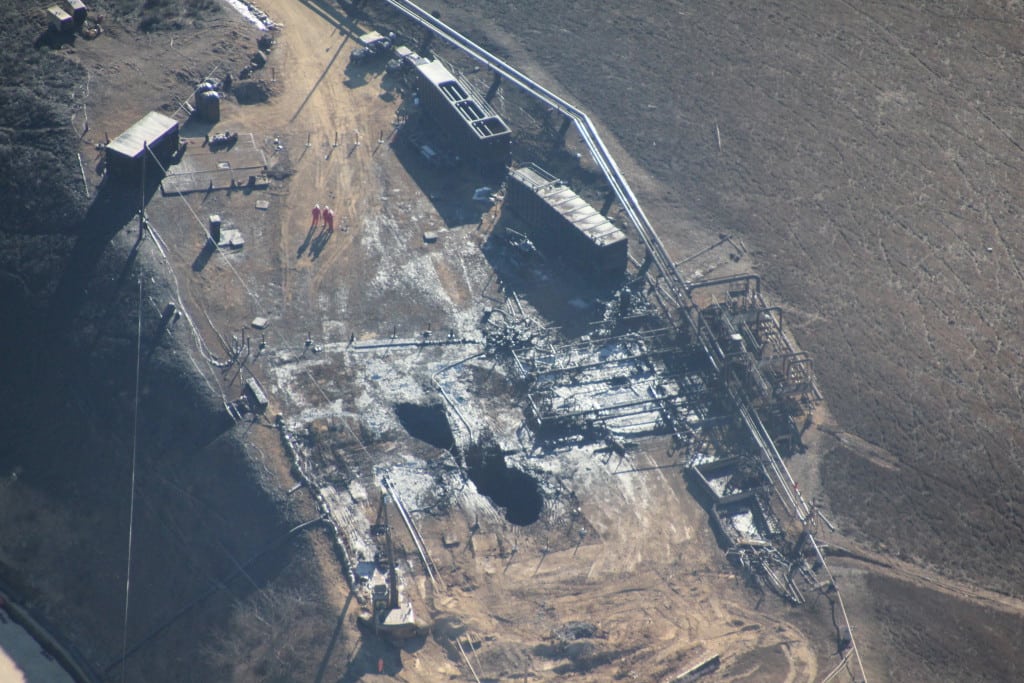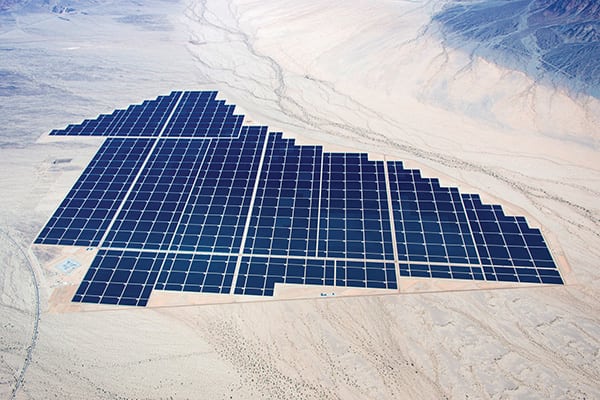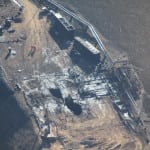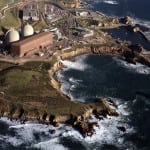In a joint report issued April 5, a group of California agencies and utilities said that if the Aliso Canyon natural gas storage facility north of Los Angeles cannot be returned to service after a major leak this past winter, repeated gas curtailments could occur this summer, leading to significant loss of generating capacity in Southern California.
The Aliso Canyon facility represents 64% of Southern California Gas Co.’s (SoCalGas’s) storage capacity, 49% of its injection capacity, and 51% of its withdrawal capacity. Last October, one of its injection wells suffered a major rupture that led to months of uncontrolled gas release from the underground reservoir. Almost 100,000 metric tons of gas was lost before the leak was closed in February.

Aliso Canyon a Key Resource
According to the report, which was prepared by staff members from the California Public Utilities Commission, the California Energy Commission, the California Independent System Operator (CAISO), the Los Angeles Department of Water and Power (LADWP), and SoCalGas, the loss of Aliso Canyon significantly impairs the gas utility’s ability to balance supply and demand across Southern California. The facility is necessary, the report says, because “hourly peak electric generation demands that occur throughout the day . . . cannot be met with flowing supplies because of the speed and magnitude that these peaks occur. On average, Aliso Canyon’s withdrawal is used approximately 10 days per month during the summer.”
What that means is that without Aliso Canyon, the system may not be able to meet peak demands that reach uncommon but not unheard-of levels.
“Aliso Canyon plays an essential role in maintaining both natural gas and electric reliability in the greater Los Angeles area,” the agencies said in a statement accompanying the report. “As a result, the facility’s limited current operations create a distinct possibility of electricity service interruptions in the coming summer months.”
Exactly how much generating capacity would be imperiled is not clear, but Aliso Canyon helps supply gas service to 17 natural gas–fired power plants in the Los Angeles basin, in addition to a number of large hospitals and oil refineries. Those power plants total 9,503 MW in capacity and account for 70% of local capacity resources identified in the CAISO 2016 Local Capacity requirements for the Los Angeles area and 75% of the local capacity available to the LADWP Balancing Authority. None have dual-fuel capability.
Gas: All In to All Out of It
The risk has been exacerbated by California’s recent drive to boost its gas-fired generation capacity to back up ever-growing renewable generation and replace coal-fired plants unpopular with the state’s environmentally conscious ratepayers. With gas making up such a large portion of the power mix, concerns have grown that California is at increasing risk from disruptions in its gas supply.

“Southern California is simply too reliant on natural gas and gas storage provided by one market participant,” said Tim O’Connor, California oil & gas director, climate & energy for the Environmental Defense Fund. “Out of this crisis, important reforms to the gas market are needed to allow renewable energy, demand response and other low-carbon technologies to compete with natural gas.”
But few observers expected a disruption of this magnitude.
The report discusses several recent days in which Aliso Canyon was used to offset significant pressure drops in the regional pipeline system as a result of peak demand. On those days, SoCalGas would have had to declare a curtailment without Aliso Canyon to balance the system. The report also notes, ominously, that SoCalGas has had to curtail gas deliveries during periods of peak demand even with Aliso Canyon in operation as recently as June 2015. That episode, which was caused by a pipeline outage, resulted in 1,500 MW of reduced dispatch.
“Based on the historical data from years 2013 to 2015,” the report concludes, “SoCalGas and [San Diego Gas & Electric] have calculated a potential for 23 to 32 days where [their] systems will be under significant stress in 2016 without the Aliso Canyon storage field in operation, placing uninterrupted service to noncore customers at risk.” In addition, “LADWP and [CAISO] determined that they would not be able to maintain sufficient contingency reserve in the Southern California area to meet reliability requirements.”
Curtailments Likely
That could mean, the report says, load curtailments affecting as many as 3.36 million customer homes under worst-case assumptions.
There is currently no timetable for Aliso Canyon’s return to service. All of the facility’s 114 injection wells have to be inspected before SoCalGas can resume injecting gas into storage, and how long that will take is not clear.
A concurrent report discusses measures to mitigate impacts on reliability. These include possible use of the 15 Bcf of working gas remaining in the Aliso Canyon facility and careful coordination between gas shippers in the area to closely match deliveries with demand each day. A variety of measures to reduce gas and electric consumption will also be necessary.
However, the agencies also warned, “The action plan entities and the Technical Assessment Group believe there are risks to electric reliability that these measures cannot eliminate.”
—Thomas W. Overton, JD is a POWER associate editor (@thomas_overton, @POWERmagazine).









